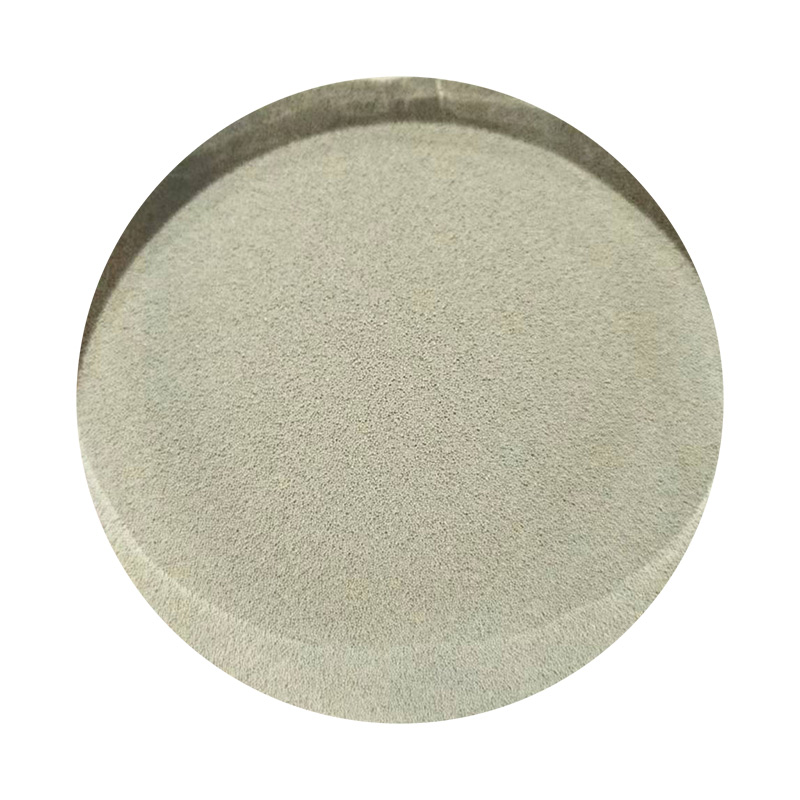Sanding for 3D Printing A Key Step for a Flawless Finish
In the world of 3D printing, the excitement of bringing digital designs to life often overshadows the meticulous post-processing steps that can significantly enhance the final output. Among these steps, sanding stands out as an essential technique for achieving a smooth and polished finish on 3D-printed models. While 3D printers can create intricate designs with remarkable speed, the layer lines and rough textures that often accompany this process require additional attention to produce professional-quality results.
Sanding for 3D Printing A Key Step for a Flawless Finish
The sanding process typically begins with coarser grits of sandpaper, often around 100 to 220 grit. These rougher grits are employed to remove the bulk of the layer lines and imperfections from the print's surface. It is important to sand evenly, applying consistent pressure to avoid creating uneven surfaces or gouges. Once the majority of the imperfections have been smoothed out, the process transitions to finer grits, such as 400, 600, or even higher, to achieve a more polished finish.
sanding for 3d printing

Another aspect to consider during sanding is the material of the 3D print. Different filaments respond uniquely to sanding. For instance, PLA is generally easier to sand than ABS, which may require a more delicate approach due to its tendency to melt under heat generated by friction. Additionally, certain materials, such as nylon or PETG, may benefit from specific sanding techniques or tools. It is essential for users to familiarize themselves with the characteristics of the filament they are using to select appropriate sanding methods.
Furthermore, using water or sanding blocks can enhance the sanding experience. Wet sanding, in particular, is a technique where water is used to keep the sandpaper wet, reducing dust and preventing clogging of the paper. This method can also lead to a smoother finish, as it minimizes the likelihood of over-sanding and damaging the print. Additionally, using a sanding block helps maintain even pressure across larger surfaces, contributing to a more uniform finish.
After sanding, it is often beneficial to apply a primer or filler before painting to further enhance the surface of the print. Primers can fill in minor imperfections, while also providing an excellent base for paint adhesion. Once primed, the piece can be painted with acrylics or other suitable paints, which can further rejuvenate the model and give it a professional appearance.
In conclusion, while sanding may seem like a laborious and time-consuming endeavor in the realm of 3D printing, it is an invaluable step that can dramatically improve the quality of the final print. With careful attention to technique, the right tools, and an understanding of the materials used, enthusiasts can transform their 3D-printed objects from rough representations to beautifully finished works of art. Whether for hobbyists or professionals, mastering the art of sanding can elevate 3D printing projects to new heights, ensuring that they are not only functional but also aesthetically pleasing.
Post time:10 сар . 12, 2024 22:25
Next:Tips for Smoothing and Finishing Your 3D Printed Models Effectively
